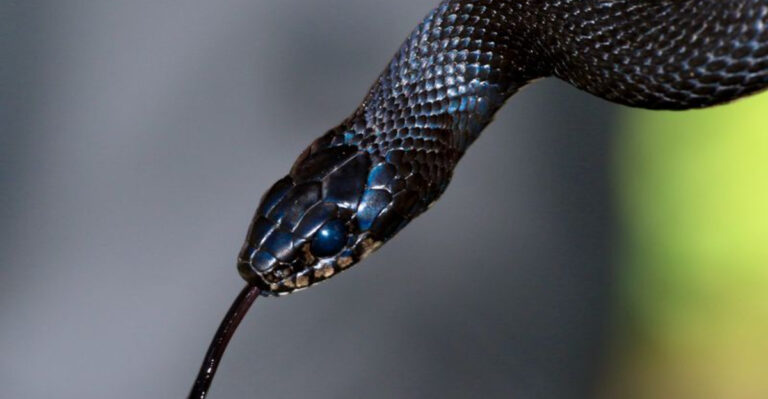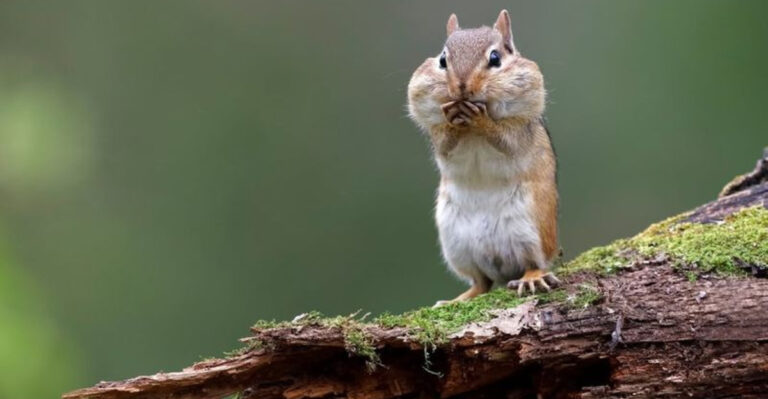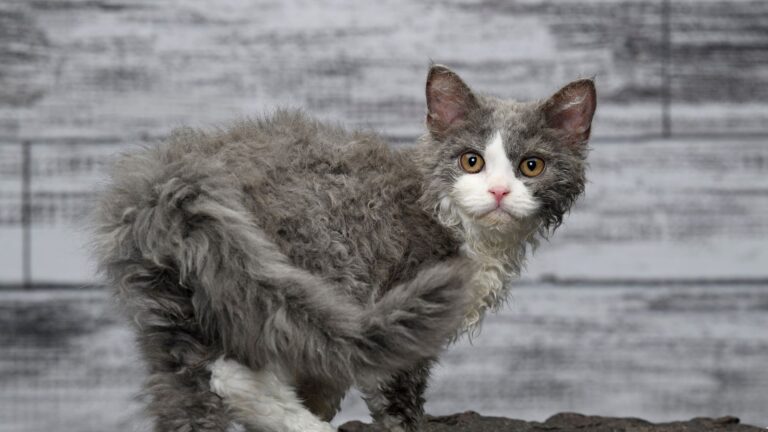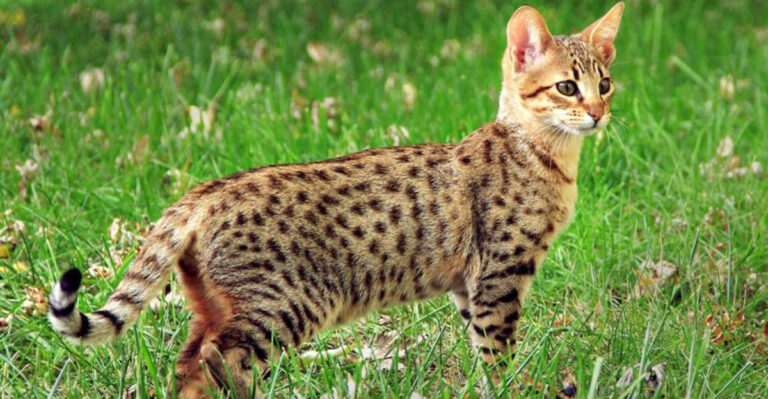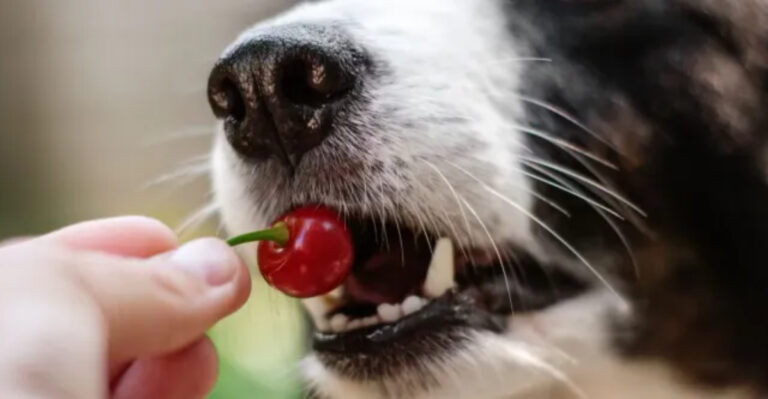Orcas Photographed Grooming Each Other With Seaweed In An Amazing Display Of Bonding
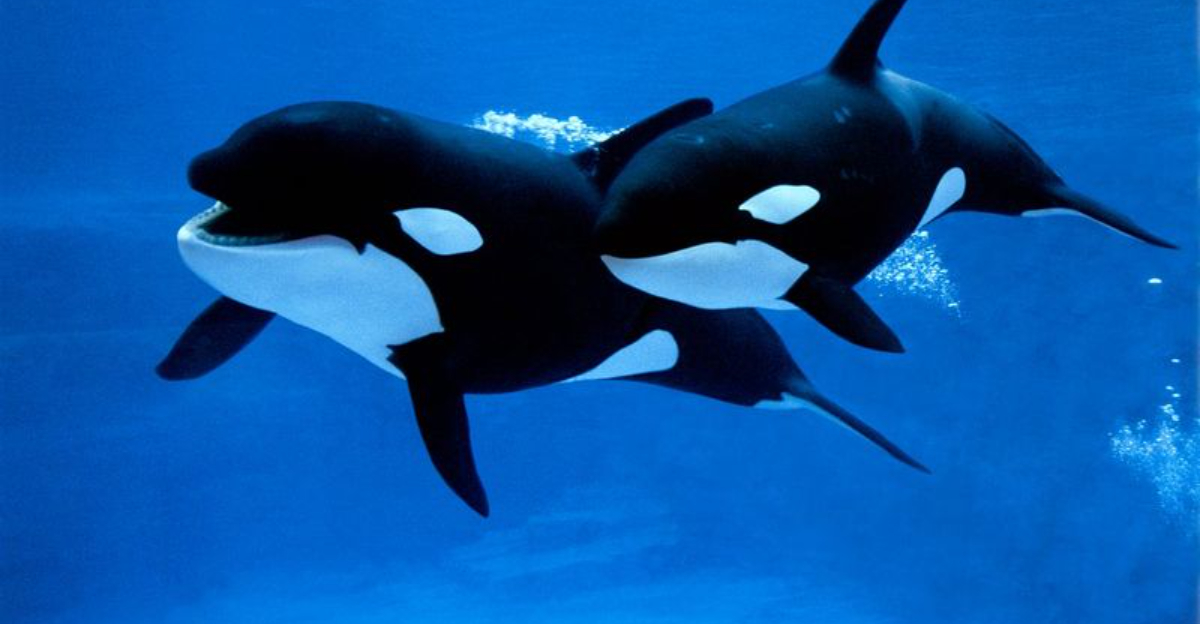
Scientists have made an extraordinary discovery in the waters of the Salish Sea.
Orcas, also known as killer whales, have been observed using seaweed to groom each other in a behavior never before documented in marine mammals.
This fascinating practice, called ‘allokelping,’ reveals just how intelligent and socially complex these magnificent creatures truly are.
Discovery Of Allokelping Behavior
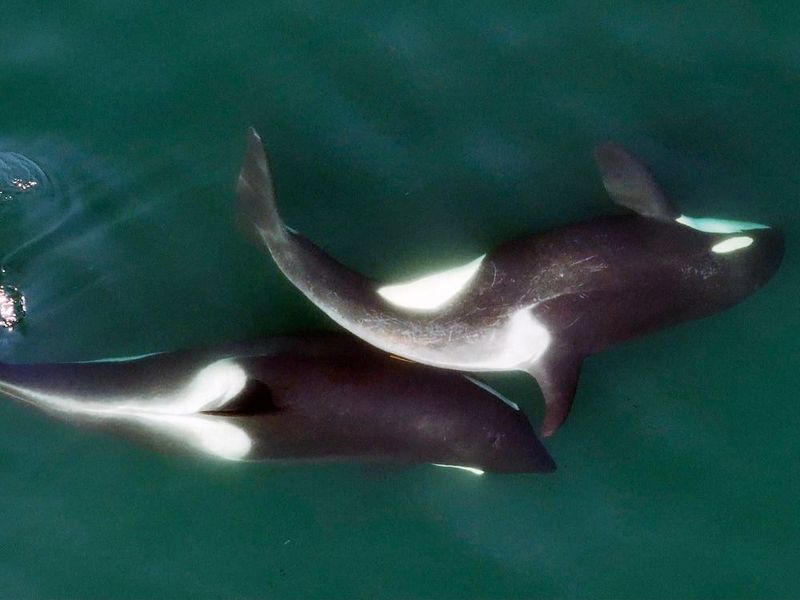
In a groundbreaking 2025 observation, marine biologists witnessed something remarkable. Orcas in the Salish Sea were deliberately using bull kelp stalks to groom each other’s bodies.
This unprecedented behavior marked the first documented case of tool use for grooming among any marine mammal species. Previously, scientists believed such sophisticated tool use was limited to land animals.
Tool Manufacture And Use
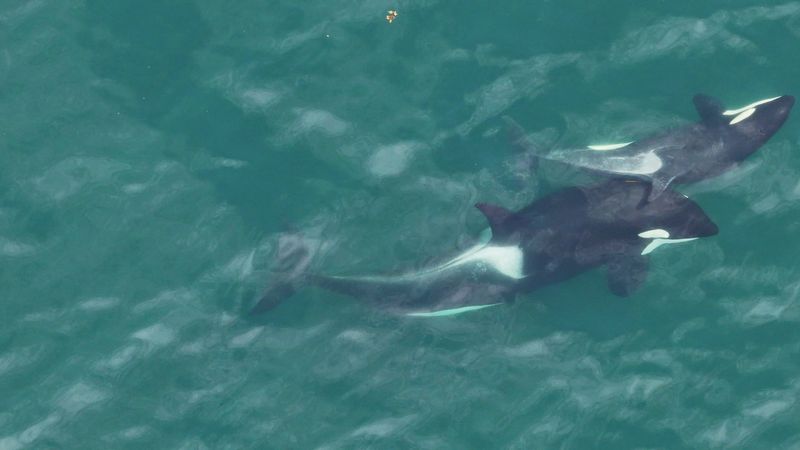
Surprisingly clever, these marine mammals don’t simply find floating kelp. They actively bite off specific sections of bull kelp stalks, creating their own grooming tools.
Researchers named this behavior “allokelping” – a combination of “allo” (meaning other-directed) and “kelping.” The orcas skillfully manipulate these kelp pieces between their bodies without any hand-like appendages.
Social Bonding Through Grooming
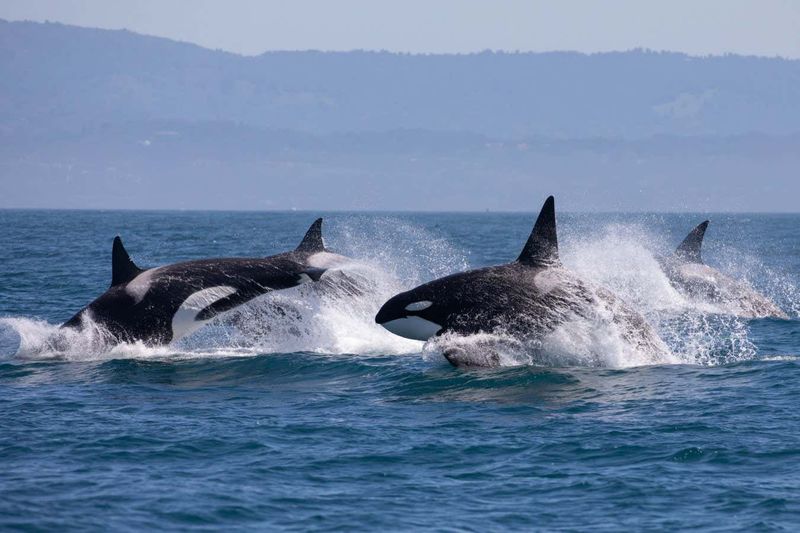
Family ties run deep in orca pods. Scientists primarily observe allokelping between close relatives or peers of similar age.
Much like humans who bond through physical touch, these magnificent creatures strengthen their social connections through this intimate grooming ritual. The behavior helps cement the already strong relationships that exist within orca family groups.
Skin Health Benefits
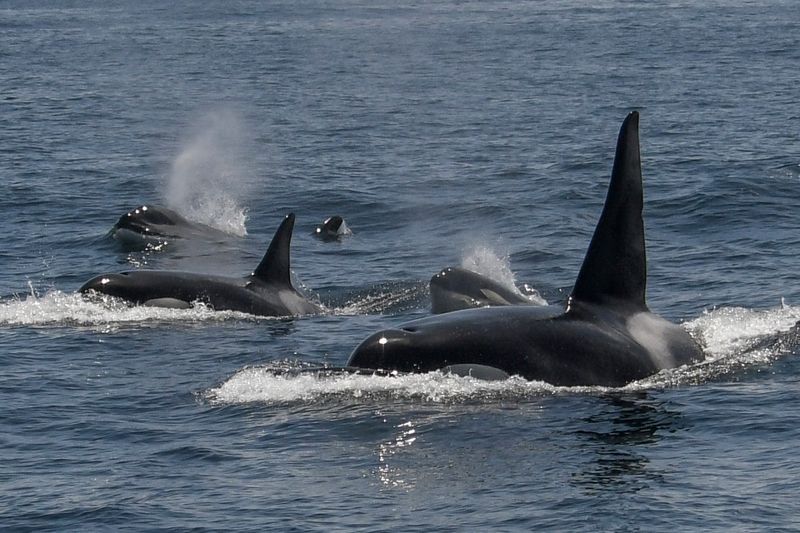
Beyond social bonding, allokelping serves practical health purposes. The textured kelp helps remove dead skin cells and pesky parasites that might otherwise irritate the orcas. Nature’s perfect solution!
Scientists suspect the kelp’s natural antibacterial properties might provide additional protection against skin infections. This natural medicine cabinet helps maintain the orcas’ distinctive black and white skin in prime condition.
Prevalence Across Age And Sex
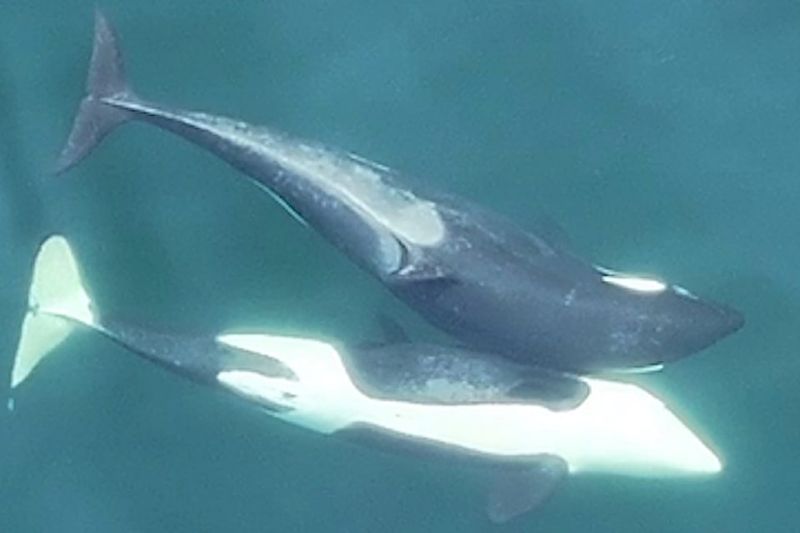
From playful calves to wise matriarchs, allokelping knows no boundaries. Researchers have documented this fascinating behavior in male and female orcas of every age group.
Young calves often learn by watching adults, gradually participating in the grooming ritual. This widespread adoption suggests allokelping provides significant benefits to the entire orca community rather than serving a gender or age-specific purpose.
Cultural Significance
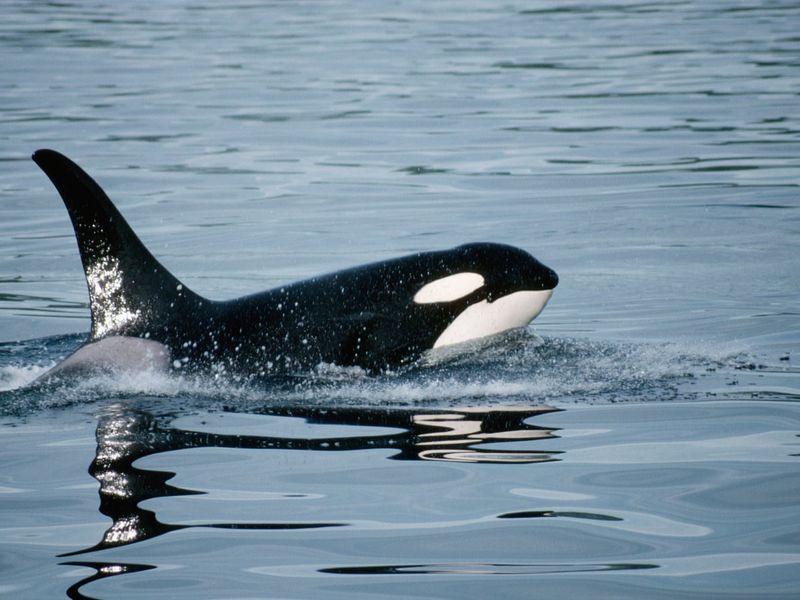
Not all orcas around the world practice allokelping. This behavior appears exclusive to the southern resident killer whales of the Salish Sea region. Just as human cultures develop unique traditions, orca populations evolve distinct behaviors passed down through generations.
This cultural specificity highlights the remarkable diversity among orca communities and their capacity for unique cultural practices.
Use Of Drone Technology
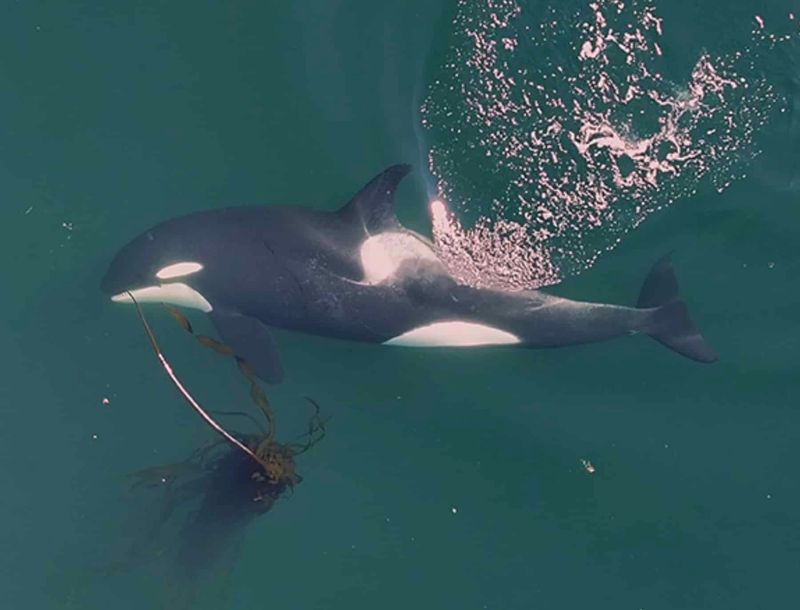
Capturing allokelping on camera requires perfect timing and technology. Researchers rely on specialized drones hovering silently above the water’s surface to document these intimate moments.
These high-resolution aerial views reveal subtle details invisible from boats. Without disturbing the orcas’ natural behavior, scientists can now study the intricate movements and patterns of kelp manipulation from perspectives never before possible.
Comparison With Other Marine Mammals
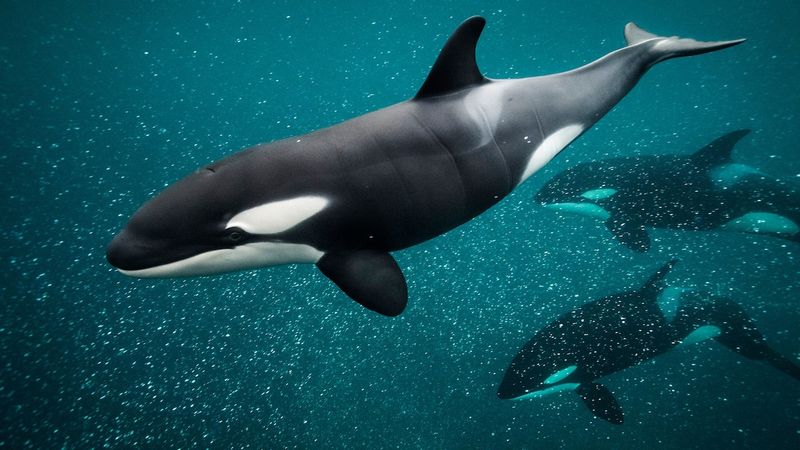
Sea otters crack shells with rocks. Dolphins use sponges to protect their snouts while foraging. But allokelping stands apart as something special.
While tool use for feeding is documented in several marine species, orcas are the first marine mammals observed using tools specifically for social grooming. This sophisticated behavior was previously thought to exist only among our primate relatives.
Implications For Orca Conservation
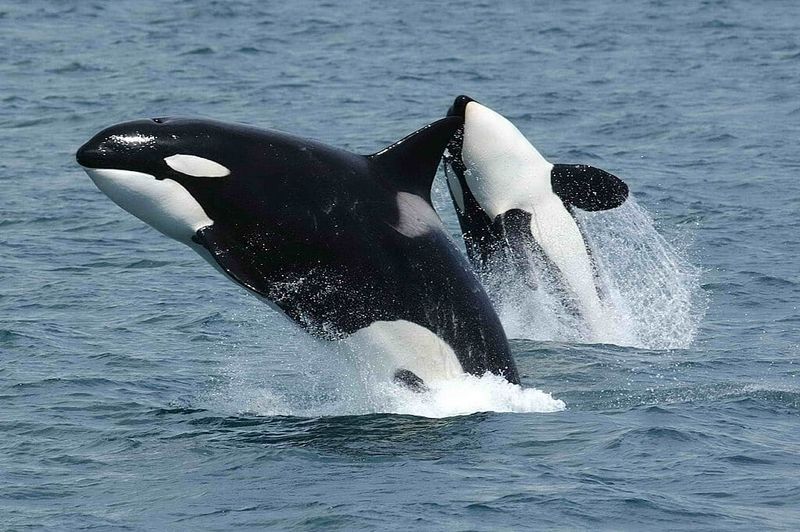
Each new discovery about orca behavior strengthens conservation arguments. Allokelping reveals yet another layer of their complex social lives that deserves protection.
Conservation efforts must consider not just the physical habitat but the cultural practices that make each orca population unique. Preserving kelp forests becomes doubly important when we understand their role in orca social rituals.
Threats To Orca Populations
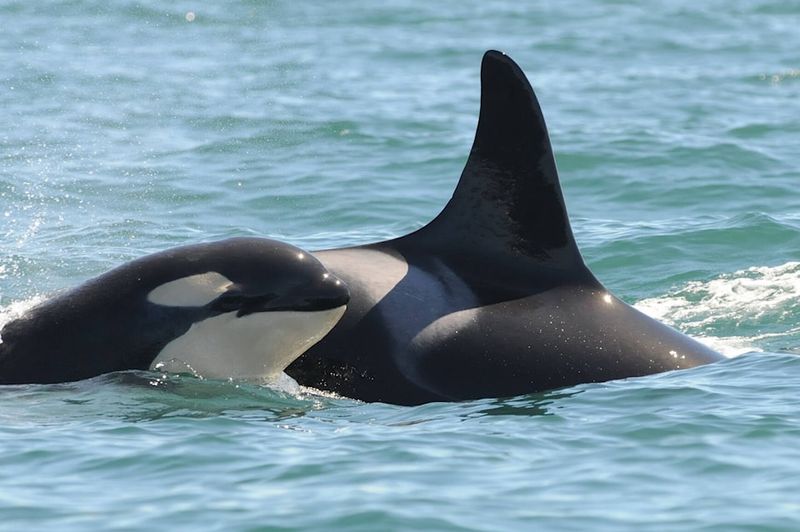
Fewer than 80 southern resident killer whales remain in the wild. These are the very orcas who practice the remarkable allokelping behavior. Chinook salmon depletion threatens their primary food source.
Pollution, noise from shipping, and habitat degradation further endanger these intelligent beings. Without intervention, we risk losing not just the orcas but their unique cultural practices like allokelping.
Role Of Matrilineal Social Structure
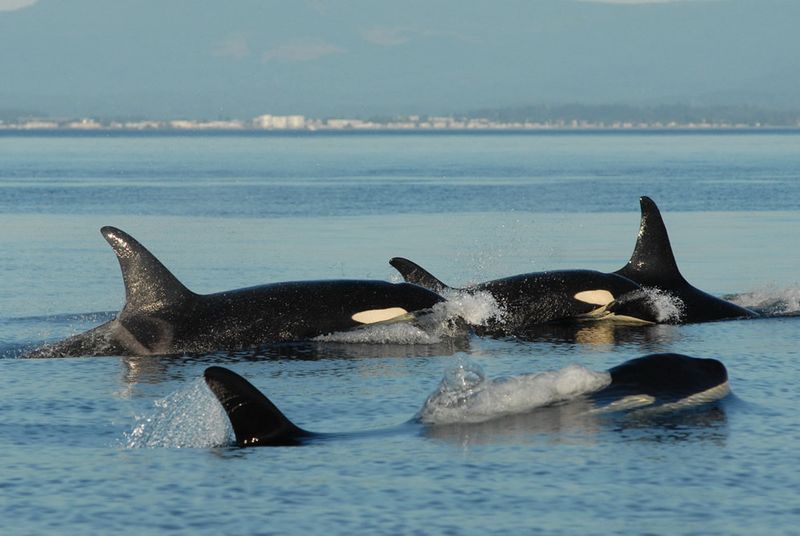
Grandmother orcas lead the way in orca society. Unlike most mammals, orca offspring stay with their mothers for life in tight-knit family pods led by the eldest females. This unique social arrangement creates perfect conditions for cultural transmission.
Young orcas learn allokelping by watching their mothers, aunts, and grandmothers, ensuring the behavior passes reliably from one generation to the next.
Continued Research And Observation
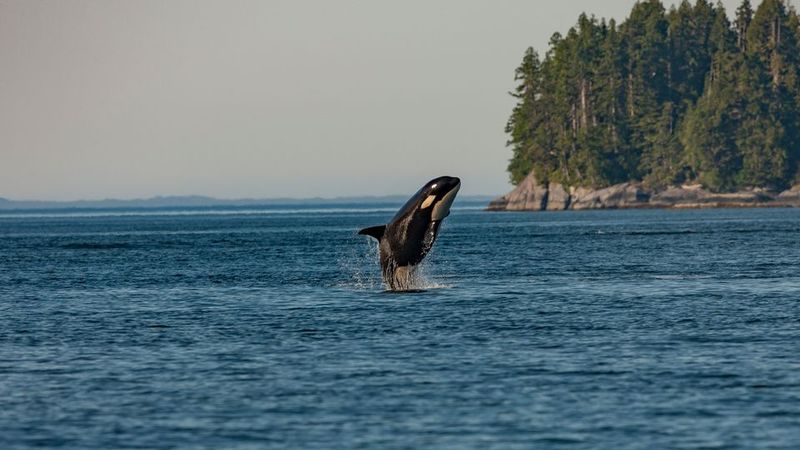
Scientists have only scratched the surface of understanding allokelping. Ongoing research aims to document how frequently orcas engage in this behavior and its full range of benefits. Future studies will explore whether specific kelp types are preferred and if the behavior varies seasonally.
Researchers hope long-term observation will reveal how allokelping contributes to orca health, social development, and population resilience.

